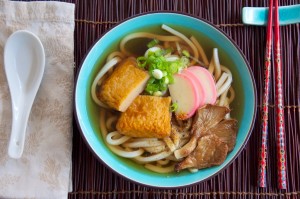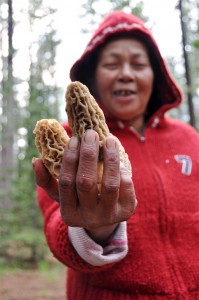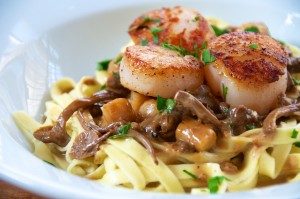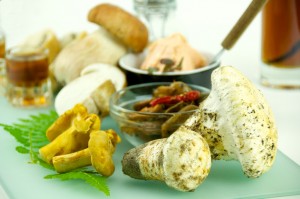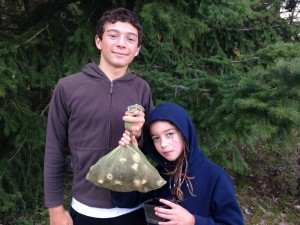 A couple weekends ago I took my kids on our first morel hunt of the season. We rode bikes a ways up a trail before stashing our transportation and striking out on foot. At first it seemed like we might be too early—or worse, that another morel hunter had scooped us. There was some grumbling within the ranks.
A couple weekends ago I took my kids on our first morel hunt of the season. We rode bikes a ways up a trail before stashing our transportation and striking out on foot. At first it seemed like we might be too early—or worse, that another morel hunter had scooped us. There was some grumbling within the ranks.
And then we stepped over an old rotting log and there they were.
The first morels of the season are sun worshipers. They stray far from dark woods, popping up in warm, exposed spots where many morel hunters would never think to look.
But we were not alone. On our way back we spied a couple covering the same ground we had just been through. When they caught a glimpse of us in the distance, they scuttled into the woods. My kids found this behavior curious. It’s not like we didn’t know what they were up to—they had a huge woven basket for crying out loud.
Being the rascally imps they are, the kids decided they would try to flush out these furtive mushroom hunters. Pretending to be birdwatchers, they lingered at the spot on the trail where the couple had vanished into the woods. The mushrooms, after all, were on the edges—not in deep, dark thickets. These coy morel hunters would have to come out of hiding at some point if they wanted to find any.
“Look, a yellow warbler!”
We stood there for 15 minutes calling out birds. All the while we could see one of the couple crouched behind a tree. She hid there obstinately and wouldn’t move. I continued on the trail, but the kids weren’t done with their torments. As I walked off, I saw them skulking behind some bushes, laying in wait. A moment later they came running up excitedly with news that the couple had emerged as soon as I’d left.
Busted!
Another lesson learned on the mushroom trail…



